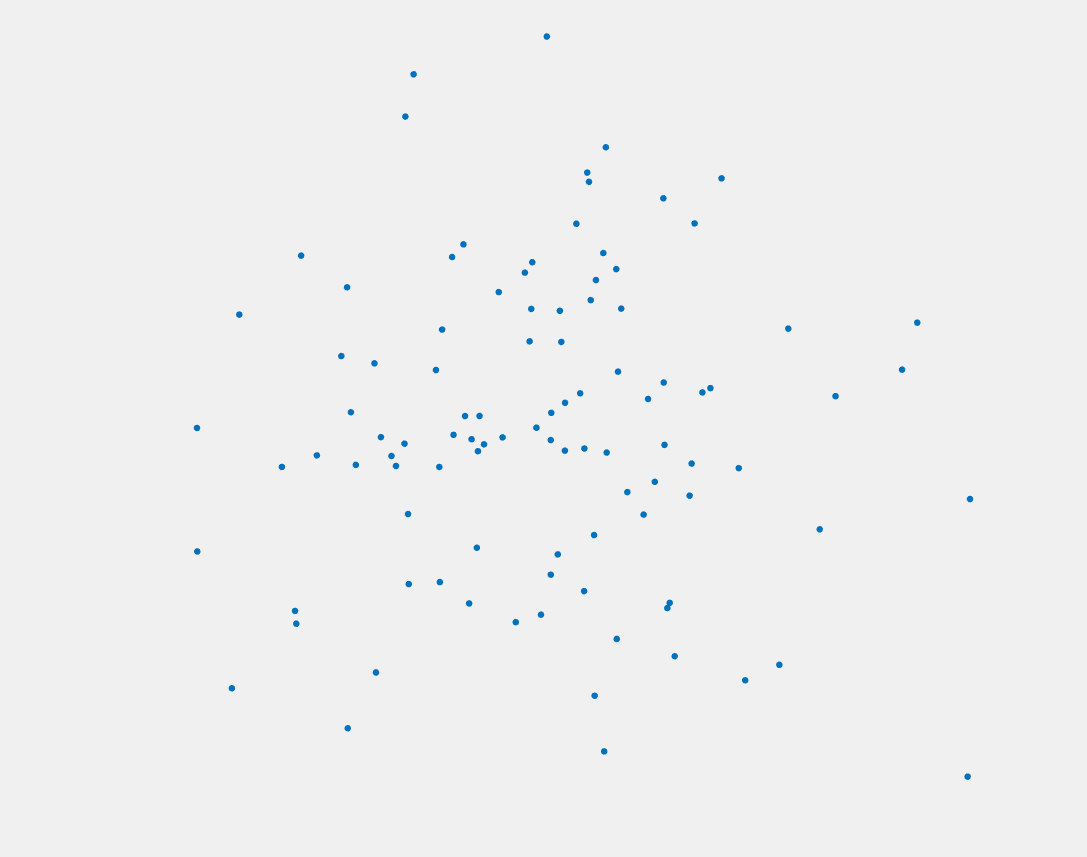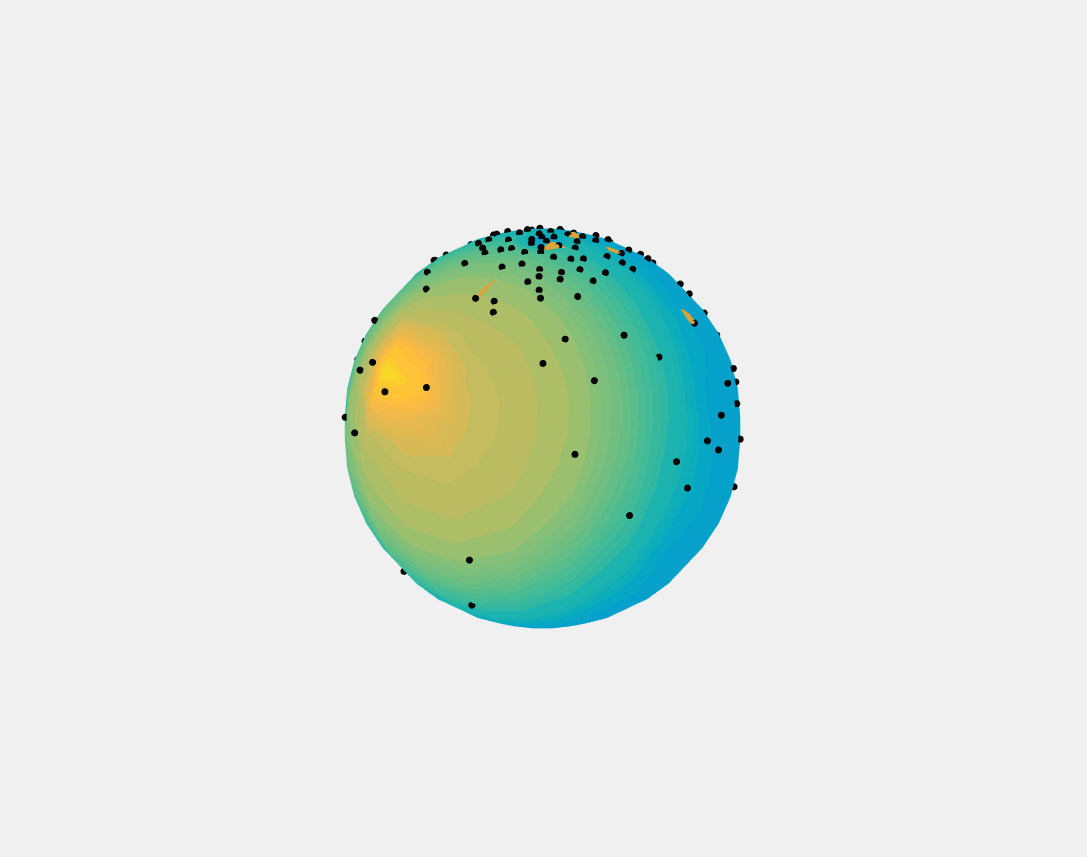Serious Business:
I worked with professor Razvan C. Fetecau on the topic of Swarm Dynamics on Manifolds in a 16-week full-time research program followed by five months of part-time research as part of the USRA program at SFU. We investigate models for self-collective behaviour on surfaces and manifolds in 2D and 3D, particularly on the sphere and hyperbolic sphere. We numerically simulated the particle-based version of the partial differential equations using MATLAB, some computations of which were done on HPC clusters.
I presented partial results as a poster at the 2017 Symposium on Mathematics and Computation at SFU and the 2017 Northwest Undergraduate Mathematics Symposium at Western Washington University.
The project received the 2017 USRA prize for excellence in results. My part in the project is cited here.
See my MATLAB codes here.
The project results have turned into a paper that is in the submission process: Self-organization on Riemannian Manifolds.Fun pictures:
Imagine a group of anti-social ants on a piece of concrete. If they want to be as far as possible from every other ant without losing social construct, how would they arrange themselves? According to this simulation, they would always spread themselves evenly in a disk shape.

Now imagine a group of anti-social ants on a tiny earth, so tiny that the ants can sense how far they are from each other by smell - as one ant produces odourous particles that travels along the surface of the earth to another ant. It turns out, they would always spread themselves evenly to the entire earth. Notice the highlighted paths of certain ants.

What if there was a barrier at the equator? Will the ants be more densely packed the closer they are to the equator? It turns out, only ants right on the equator are crowded, while every other ant gets their personal space as if the barrier doesn't exist.
